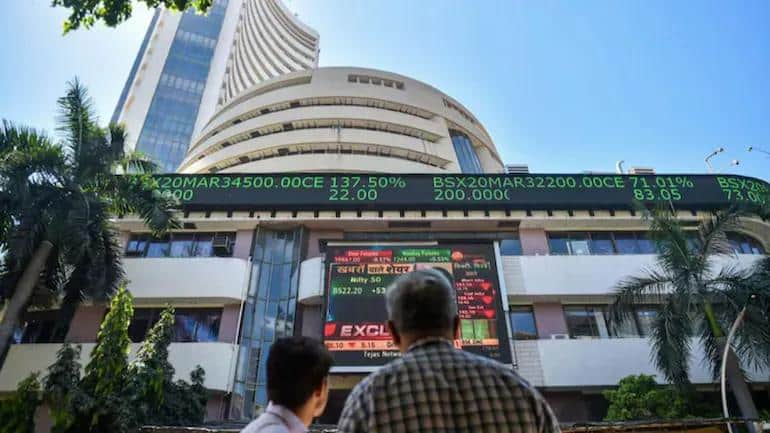The Indian rupee plunged to a new all-time low on Friday, weighed down by weak global risk sentiment, fading hopes of a US Federal Reserve rate cut, and persistent uncertainty surrounding the ongoing US–India trade dispute.
The currency breached its previous record of ₹88.80, a level the Reserve Bank of India (RBI) had been defending aggressively in recent weeks. In early trade, the rupee slipped to ₹89.45 per dollar, its weakest level ever. On the interbank order-matching system, the fall was steeper, with quotes around ₹89.34.
Pressure on the rupee has been building for weeks, largely due to the fallout from steep U.S. tariffs on Indian goods imposed in late August. Foreign investors have already withdrawn nearly ₹16.5 billion from Indian equities this year, making the rupee one of Asia’s worst-performing currencies in 2024.
Traders noted that the RBI appeared less active in supporting the currency on Friday. While the central bank had previously intervened around the 88.80 mark, its absence this time allowed the rupee’s slide to accelerate sharply once that barrier broke. Importers ramped up dollar purchases, while exporters held back, adding further pressure.
A private-bank trader described the move as a “stop-loss–driven rush,” with market volumes jumping sharply following the breach of the support level.
With global risk appetite fragile and investors awaiting clearer cues from both the US Federal Reserve and ongoing Washington–New Delhi trade negotiations, the rupee’s near-term outlook remains highly uncertain.




